Can Dogs Get Braces On Their Teeth?
To keep the lights on, we receive affiliate commissions via some of our links. Our review process.
Yes, dog braces are a reality but not for the reasons you might imagine. While we usually think of braces as a cosmetic luxury for humans, dog orthodontics addresses a very different need. Veterinary dentists have been using dog braces for over 30 years to help with some serious issues that can compromise the health and wellness of pups. We’ll explore how braces could benefit your furry friend, how much they cost, and more.
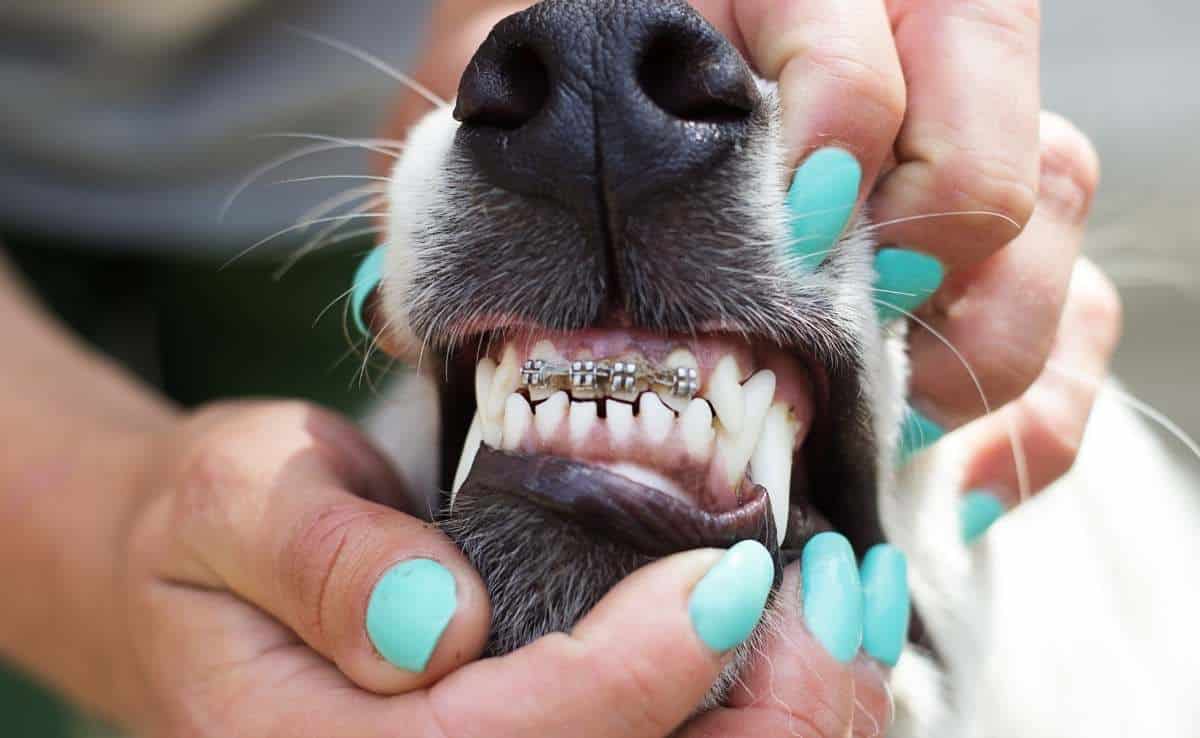
Why Do Dogs Get Braces?
Braces can help dogs with crowded teeth, misaligned teeth, persistent deciduous teeth (baby teeth that don’t fall out), and other dental problems that cause pain and even life-threatening, issues, e.g., the inability to chew food. Here are some of the most common reasons dogs get braces.
Malocclusions
The term “occlusion” in human and dog dentistry refers to how the upper and lower teeth come together when you bite down or close your mouth. “Malocclusion” refers to cases in which the teeth come together in ways that can cause damage. Malocclusions can be a skeletal abnormality (e.g., a jaw that’s shorter than normal) or a dental issue causing misaligned teeth. Sometimes, these developmental abnormalities can cause trauma to other teeth or oral tissues, which can lead to tooth fracture, periodontal inflammation and disease, and the death of a tooth. The types of malocclusions include:
- Class I: the upper and lower jaws are of equal length, but one or more teeth are misaligned
- Class II: the upper jaw is longer than the lower jaw (overbite)
- Class III: the lower jaw is longer than the upper jaw (underbite)
- Class IV: one side of the lower jaw is longer than the upper jaw and the other side is shorter than the upper jaw
Linguoversions
A linguoversion is a type of dental malocclusion that’s one of the most common reasons dogs get braces. Linguoversions occur when one or both of the lower jaw’s canine teeth erupt (grow out) toward the inside of the mouth. Severe cases can be painful, cause the abnormal teeth to poke holes in the roof of the mouth, and prevent the mouth from closing adequately. Orthodontic treatment can include braces or crown extensions.
Crossbites
Two forms of crossbites are another common type of malocclusion in dogs. A rostrol crossbite is the misalignment of one or more of the incisors, with the lower incisor(s) sitting in front of the upper incisor(s). A caudal crossbite is the misalignment of one or more of the carnassial teeth (the chewing teeth along the cheek). This results in the upper tooth sitting to the inside of the lower tooth.
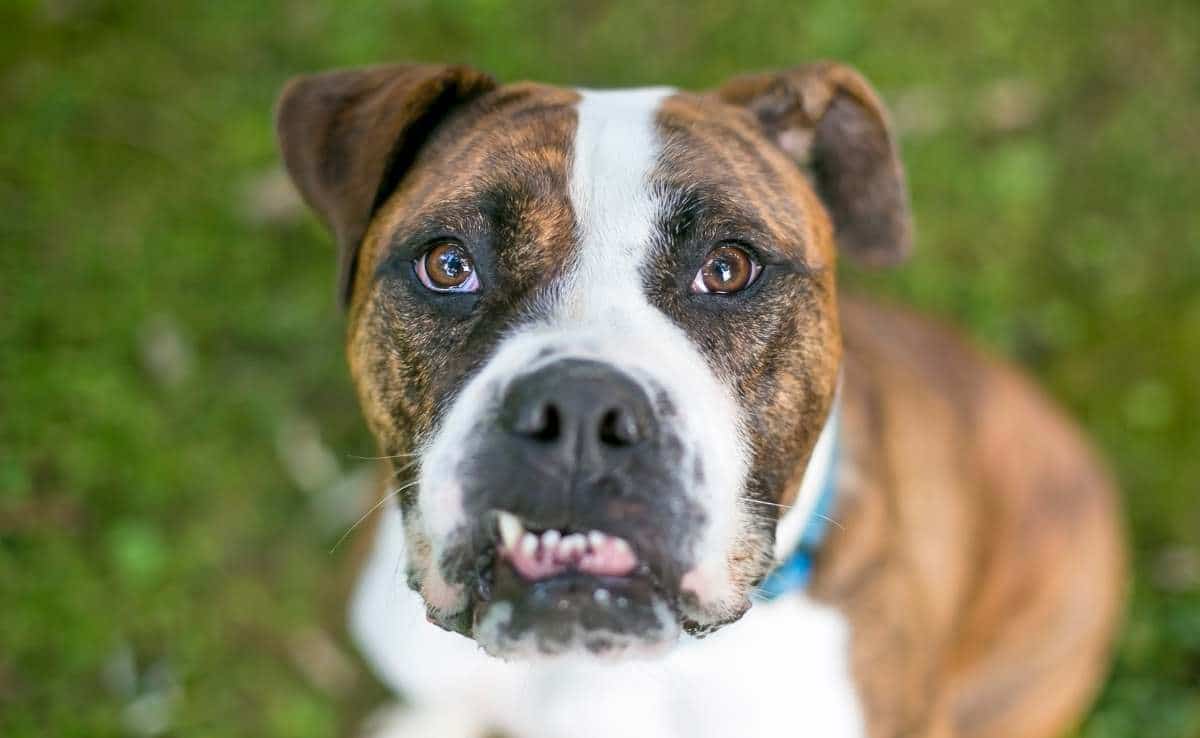
Post-Cancer Surgery Care
Braces are sometimes used following a partial jaw removal as a part of cancer treatment. The braces help keep the dog’s teeth from drifting out of place after surgery.
How Do I Know If My Dog Needs Braces?
If your dog has serious trouble chewing his food, has severely misaligned teeth, or seems to be experiencing mouth pain, he could need braces. Getting a diagnosis from your veterinarian is crucial. Your vet will conduct a thorough examination and can help determine a course of treatment.
Most cases that require orthodontic treatment are in puppies and young dogs. Usually, you and your vet will spot problems once your dog’s permanent teeth come in (around four to six months of age). Depending on your dog’s specific condition, alternative treatments may include tooth extraction, filing the problem teeth down, or other orthodontic procedures.
Breeds Predisposed To Developmental Abnormalities
While any dog can develop misaligned teeth, some breeds are more prone to dental problems. For example, skeletal malocclusions are almost always hereditary. However, it’s important to keep in mind that many cases of underbites and overbites don’t require any treatment. Some common predisposed breeds include:
- Overbites: Collies, Dachshunds, German Shepherds, and Shelties
- Underbites: Boston Terriers, Boxers, Bulldogs, Cavalier King Charles Spaniels, Lhasa Apsos, Pekingese, Pugs, and Shih Tzus
- Persistent baby teeth: Maltese, Pomeranians, Toy Poodles, and Yorkshire Terriers
- Overcrowded teeth: Chihuahuas, Cavalier King Charles Spaniels, Lhasa Apsos, Maltese, Pomeranians, Pugs, Shih Tzus, and Yorkshire Terriers
How Much Do Dog Braces Cost?
Dog braces can run anywhere from $1,500 to $5,000. Several factors affect the cost, including the dog’s size, the type of condition being treated, the frequency of vet visits, and the length of time required to wear the braces. It’s often more expensive than other treatment options but could give better long-term results.
Does Pet Insurance Cover Dog Dental Costs?
Some pet insurance policies cover non-routine dental care, including dental infections and dental accidents. And a select few cover treatment for dental developmental abnormalities. However, it’s important to know that pet insurance won’t cover diagnosed pre-existing conditions, so if you have a puppy breed that’s prone to dental structural abnormalities, it’s best to get pet insurance when your pup is young, ideally before six months of age. Otherwise, your dog likely won’t be covered for treatment.
See which pet insurance companies offer the best dental coverage and which cover developmental abnormalities. However, we recommend you contact each company for specific details about whether they cover dog orthodontics and which conditions they cover. Pet insurance is an excellent way to protect your pup and your finances when unexpected accidents and illnesses occur during his lifetime.
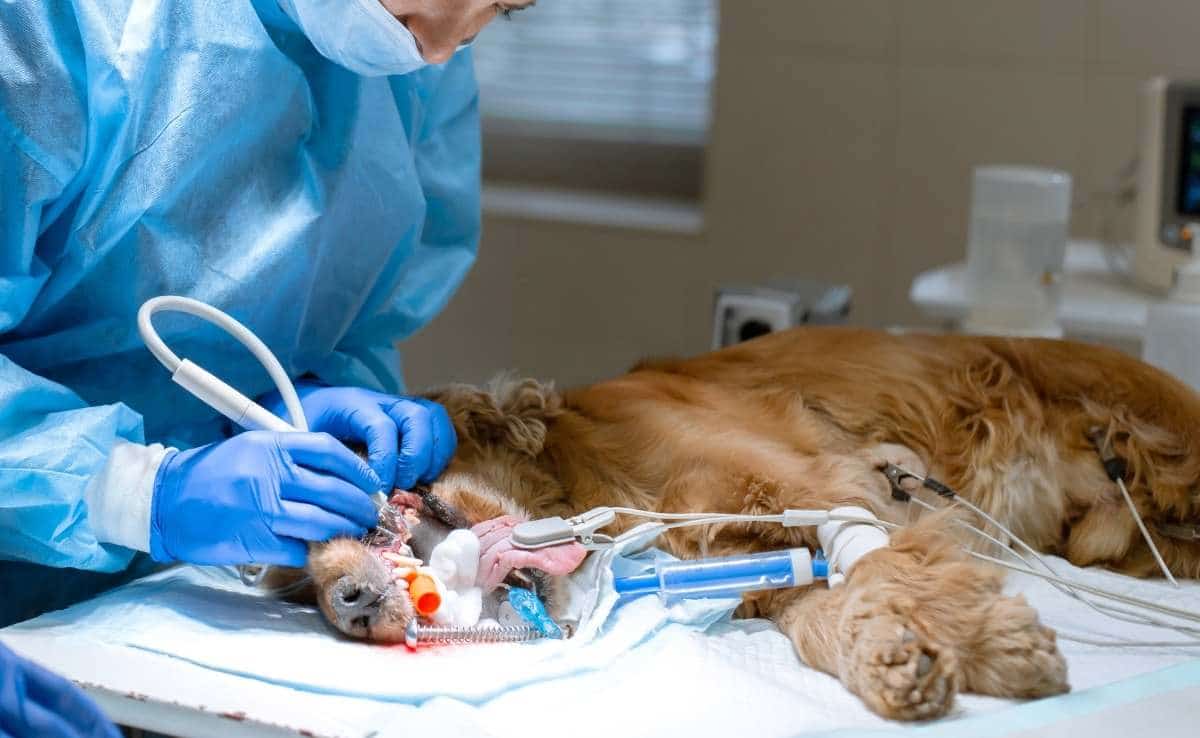
What Do Dog Braces Involve?
Getting dog braces requires anesthesia to apply the braces, so your vet will make sure your pup is healthy enough to undergo anesthesia. Depending on your dog’s condition and the progression of tooth movement, he could need additional rounds of anesthesia and fittings. Dog braces are similar to human braces, with orthodontic buttons and elastics. Fortunately, most dogs only need to wear braces for several weeks to a few months. And unlike humans, dogs don’t require retainer use once braces are removed.
What’s involved with home care while your dog has his braces on? All you have to do is brush your pup’s teeth and apply an oral antiseptic every day. Some cases may require a temporary switch to soft food. And unfortunately for your pup, bones and chew toys are a no-go during this time.
Besides the need for anesthesia, dog braces involve little to no health risks for your pup. They’re a non-invasive solution with a typically high success rate. The cost is the major downside, but invasive procedures like extracting teeth can also be costly and come with some health risks. Your vet can help you decide the best course of treatment for your pup’s health and your finances.
One Puppy’s Story (Video)
Check out this brief video of a Golden Retriever puppy who needed braces to fix his teeth. What a winning smile!
Maintaining Your Dog’s Dental Health
Regular dental care is essential to prevent gum disease and other dental problems dogs can develop over their lifetimes. Brushing your dog’s teeth and giving him dental chews regularly can go a long way in controlling bacteria and tartar buildup in your pup’s mouth. And most vets recommend professional dental cleaning once a year. It’s also helpful to know the signs of common dental problems your dog may experience, including gum disease and tooth infections, so you can get prompt vet care for your pup before problems worsen.
Tagged With: Dental

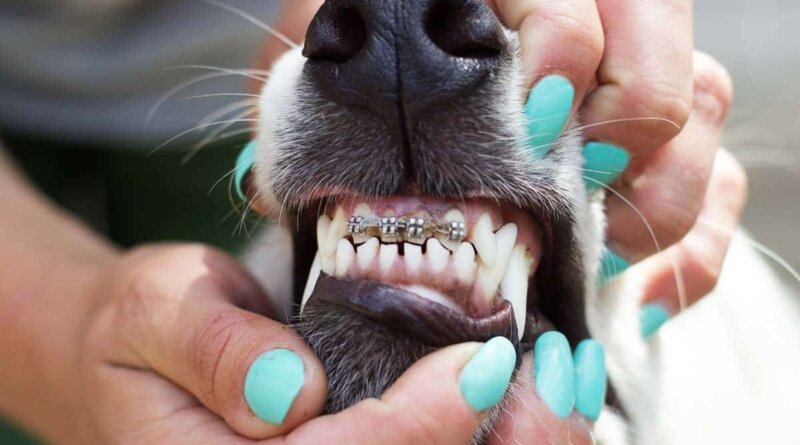

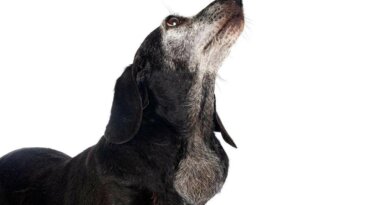
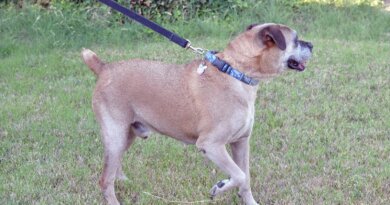
cytotec online – https://cytotecsale.pro/#